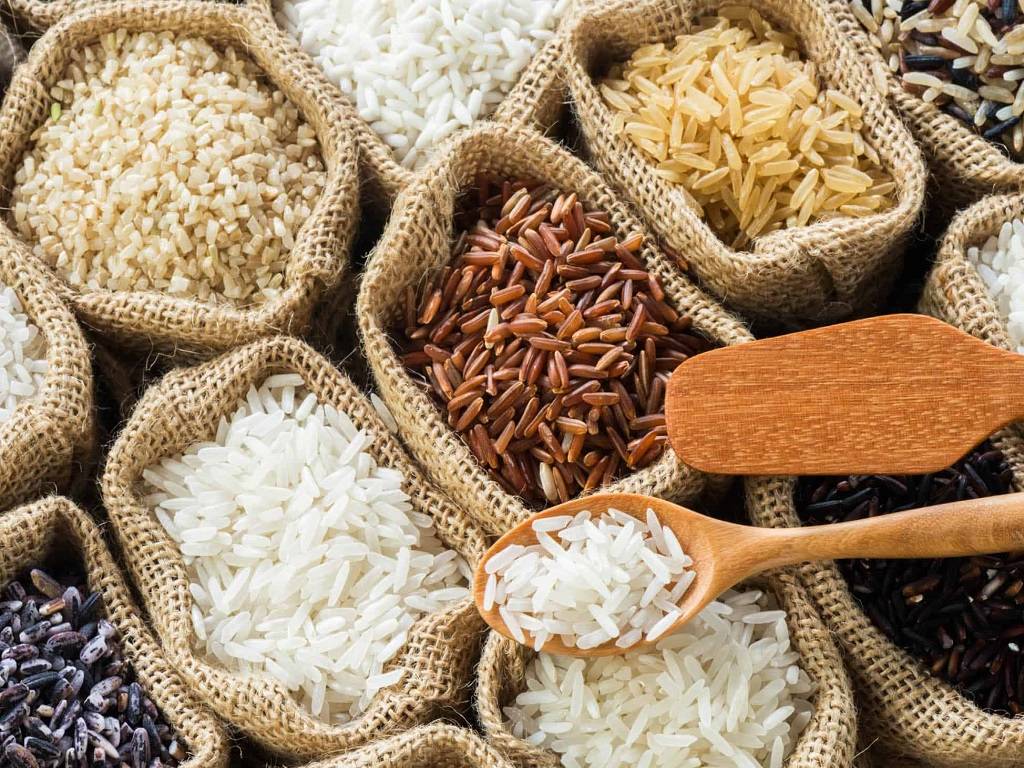
Multiple traditional landraces of rice were found to be tolerant to drought and flood stress in Koraput district of Odisha. Adverse weather conditions of coastal Odisha tampers with the high yields of cultivation. Rice being a staple in South and East Asian areas, drought and flood stress interrupts the high production of rice, affecting the socio-economic stability of that region.
The Department of Biodiversity & Conservation of Natural Resources of University of Odisha conducted research on drought and flood tolerance of rice and millets in the area, keeping in mind the global demand for food to iron out the loss of crop production. Debarata Panda, Swati Sakambari Mishra and Prafulla Kr. Behara produced two consecutive papers this year reviewing the water and drought resistance capacities of rice in Koraput.
S. S Mishra identified six local rice landraces, namely Dangarbayagundar, Haladichudi, Kalajira, Machhakanta, Mugudi, and Pandakagura with high levels of tolerance to drought stress at the laboratory screening. Similarly, after a rapid flooding tolerance screening of more than 88 lowland rice landraces from Koraput region, namely Basnamundi, Dokarakuji, Gadaba, Samudrabali and Surudaka were diagnosed as flood-tolerant.
Dr. Panda has been studying the climate variables since 1980 to 2016 in Koraput. According to him, the traditional landraces withheld the erratic weather more than modern races. They had more adaptive responses to loss of monsoon rainfall and showed better results at productivity.
Through genetic acclimatization, some of these specific landraces have gone through physiological, biochemical and molecular adaptation which has resulted in their tolerance to drought. It has been mentioned that these landraces are going to be proven as an essential genetic resource for climate resilient breeding programmes.
The purpose behind the research is to identify a strategy for the promotion of commercial procurement of homegrown races of crops (rice and millets) grown in the area–along with the upward flux of the local economy through processing, value addition and generating a market for indigenous cultivators who opt for traditional methods of agriculture.
Tribal communities of Southern Odisha are highly dependent on traditional agricultural practices, and loss of yield affects their livelihoods.
Apart from Gond, Kondhs and Gadaba there are a total of 51 tribes in the district of Koraput with their primary occupation in agriculture. Drought stress and flooding causes a disruption to their local economy, especially with the serious concerns relating to climate change.
















